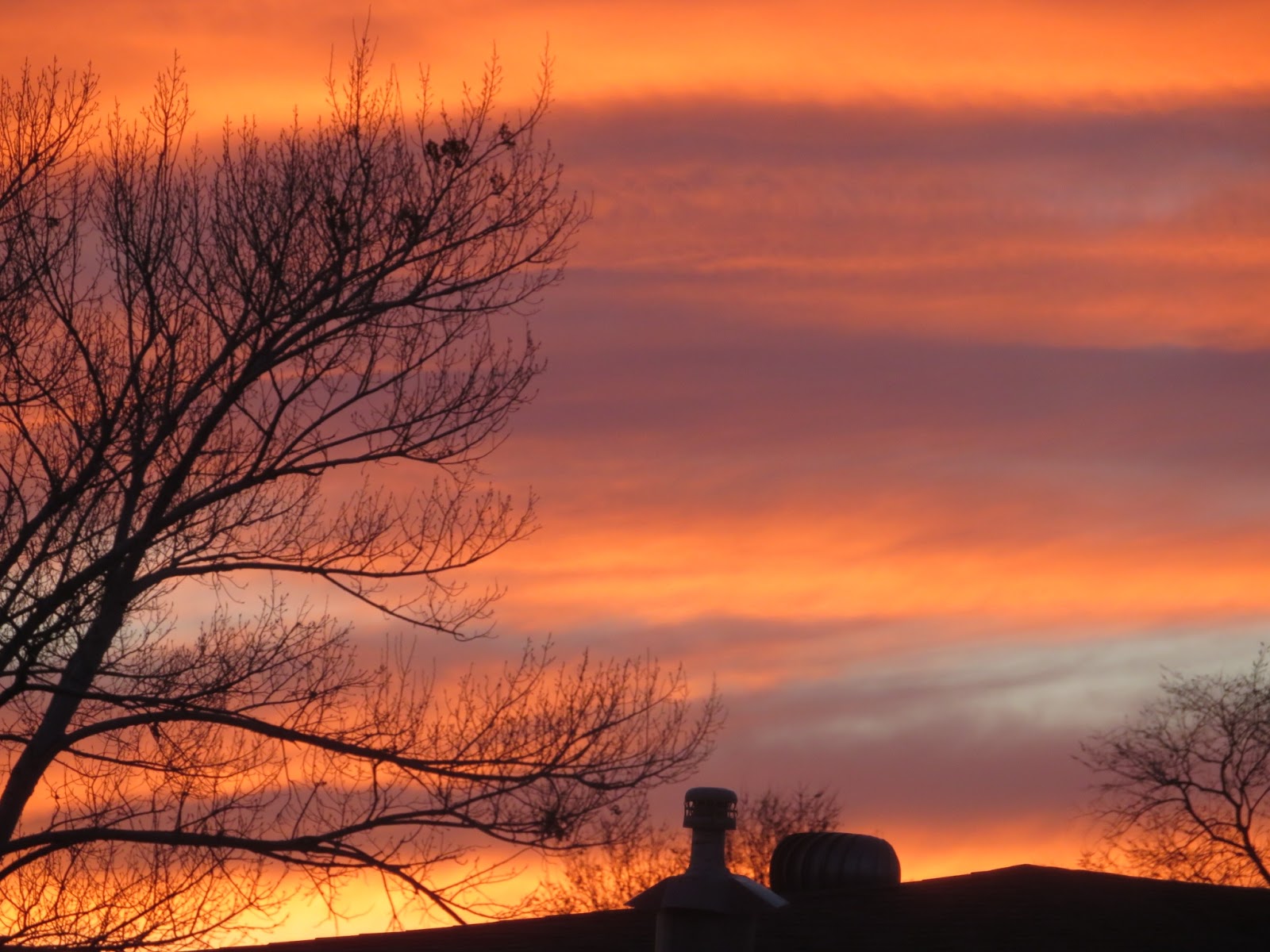The season of nest building is almost on us. Some animals like the great horned owls should have already started. Of course, many factors interfere to prevent the nest building from being successful
This towhee is drinking from the clear ditch. Many birds have these striking red eyes. I don't think this one is quite as mad as he appears to be.
Many ditches have the vegetation cut short at this time of year. The general theory is that cutting plants now allows birds to forage for as long as possible on last fall's seeds while not interfering with this year's nesting cycle. While the nests aren't affected, the bird behaviour most certainly is.
The grass grows long on the ditch banks and provides shelter for many different animals. This picture shows one of the numerous burrows, likely inhabited sometimes by a muskrat.
the ditches are a good nursery for many plants. The many miro ecosystems caused by the shadows above and below the ground encourage diversity. Here a dock plant pokes above the insulating blanket of protective leaves left by last year's cottonwoods.
I have no idea what plant this was, but there are clearly seed pods that is still actively dispersing seeds into the surrounding area from high off the ground.
the voles are feeding on the tubers and expanding their burrows. The big pile of earth could represent the opening on one of the last underground larders.
Heidi's raspberry patch provides an idea mix of habitiats from short grass to bare soil for hunting insects or roots and also has tree shade for the cranes that remain. Those birds are starting to look pretty uncomfortable in the heat.
Now the crows have almost left, the gulls are free to migrate daily to the river. The difference in the flocks; from black to white is pretty stark.
The trees are still only green where the mistletoe grows. Of course, one of those bunches is not like the others..
The procupines are attracted to the rising sap and buds from the many trees. Those buds are at risk from the late frosts that we are bound to have.
The nights are still cold. Here the water spray from a chute in a beaver dam is still cold enough to freeze on the damp sticks in snowflake patterns that remind us Christmas was just a few monhs ago.
the ducks are pretty happy with the cold, but still pretty nervous around people. They are especially upset with being looked at directly.
Of course, the mallards are huge ducks in comparison to the other species of duck on the river. Here the cinnamon teal is dwarfed by the large mallard it is following
It is strange to see the same red eye that the towhee shows, but in a very distantly related bird species
In contrast, this dove has a band of blue skin around the eye. They prefer to be high up in the blue sky.
We always have gorgeous sunsets, that characteristcally change colors in the blink of an eye. Pinks, orange, red, purple, blue and greys.
The Phoebes are likely feeding well as there are tons of gnats out at the moment. The insects are the base of a huge food pyramid in the bosque. Such as fish.
For the life of me I don't understand these trout fishermen. Trout can't survive in these waters during the warm months and cost a ton of money to keep stocked. The damage they do to insect and amphibian stocks is crazy, no to mention the problems they cause for other fish...
Rarely seen, but the raccoons have begun their restless patrols along the ditches looking of anything the fishermen might have left behind. The print on the right is a back foot, the long fingers on the paw print on the left shows the front foot.
I think this is the print of a dove that crossed the road just after a truck had passed through. Footprints in the dust often tell a rich story about the climate, fauna and all their interactions.
This is another house lot that has been cleared of old trees prior to building. It is always amazing how the first thing people do when when they move into Corrales is get rid of the one thing that attracts them to the area in the first place!






















No comments:
Post a Comment